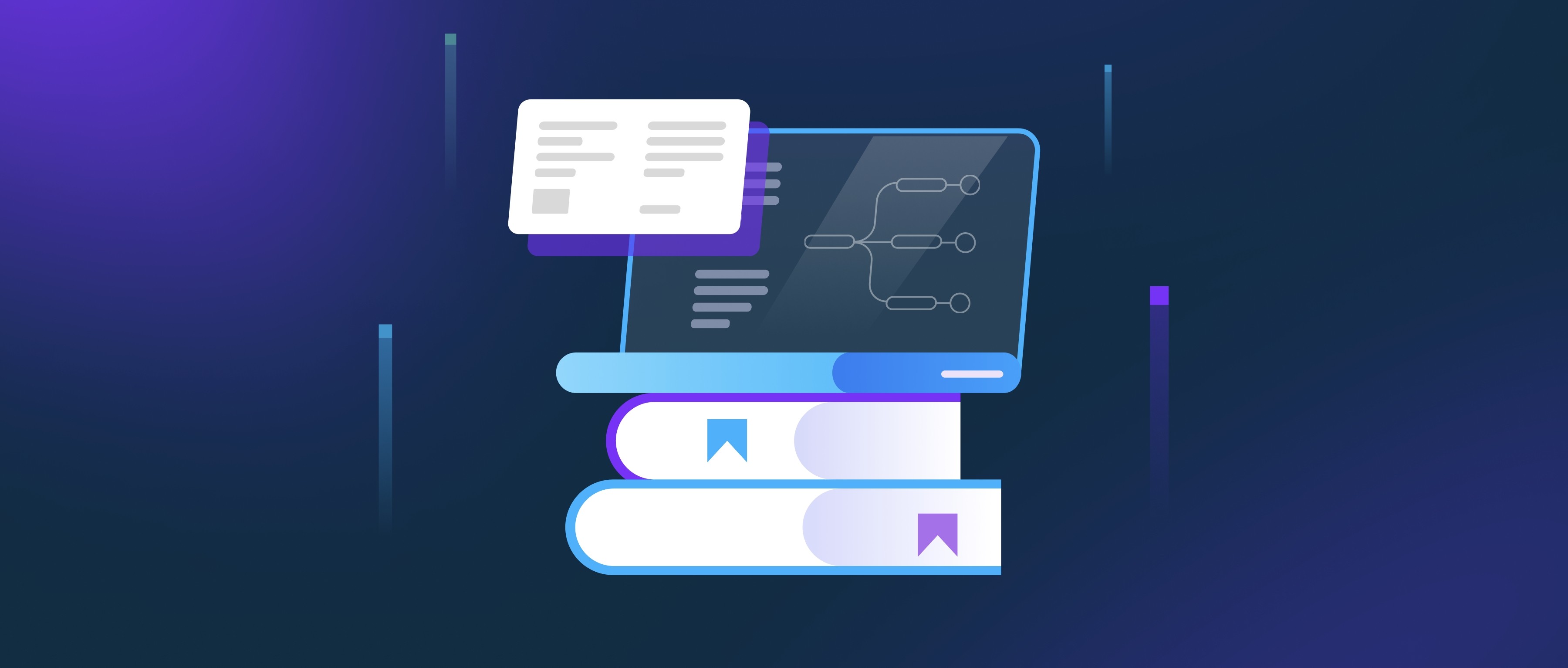To get started with OpenAI's GPT-3 model, the first step is to create an account on the OpenAI platform. You can register at OpenAI's website, where you will need to provide some basic information. After registration, you should review the documentation available, which explains how to use the API, its capabilities, and its limitations. Familiarizing yourself with the guidelines is crucial as it helps ensure you adhere to the best practices and use the model effectively.
Once you have access to the OpenAI API, you’ll want to set up your development environment. This typically involves installing the necessary libraries for making HTTP requests, such as Python's requests library or Node.js’s axios. OpenAI provides client libraries in several programming languages, which simplify the process of making API calls. You’ll use these libraries to send requests to the GPT-3 model, specifying parameters like the text prompt, response length, and model variant you want to use.
Finally, start experimenting with simple tasks. Begin by drafting prompts and observing how the model responds. You can try generating text, answering questions, or summarizing content. As you gain more comfort, you can adjust parameters to refine the output. Document your findings and gradually move on to more complex applications like chatbots or content generation tools. Engaging with the OpenAI community through forums can also provide insights and tips as you progress in your use of GPT-3.
